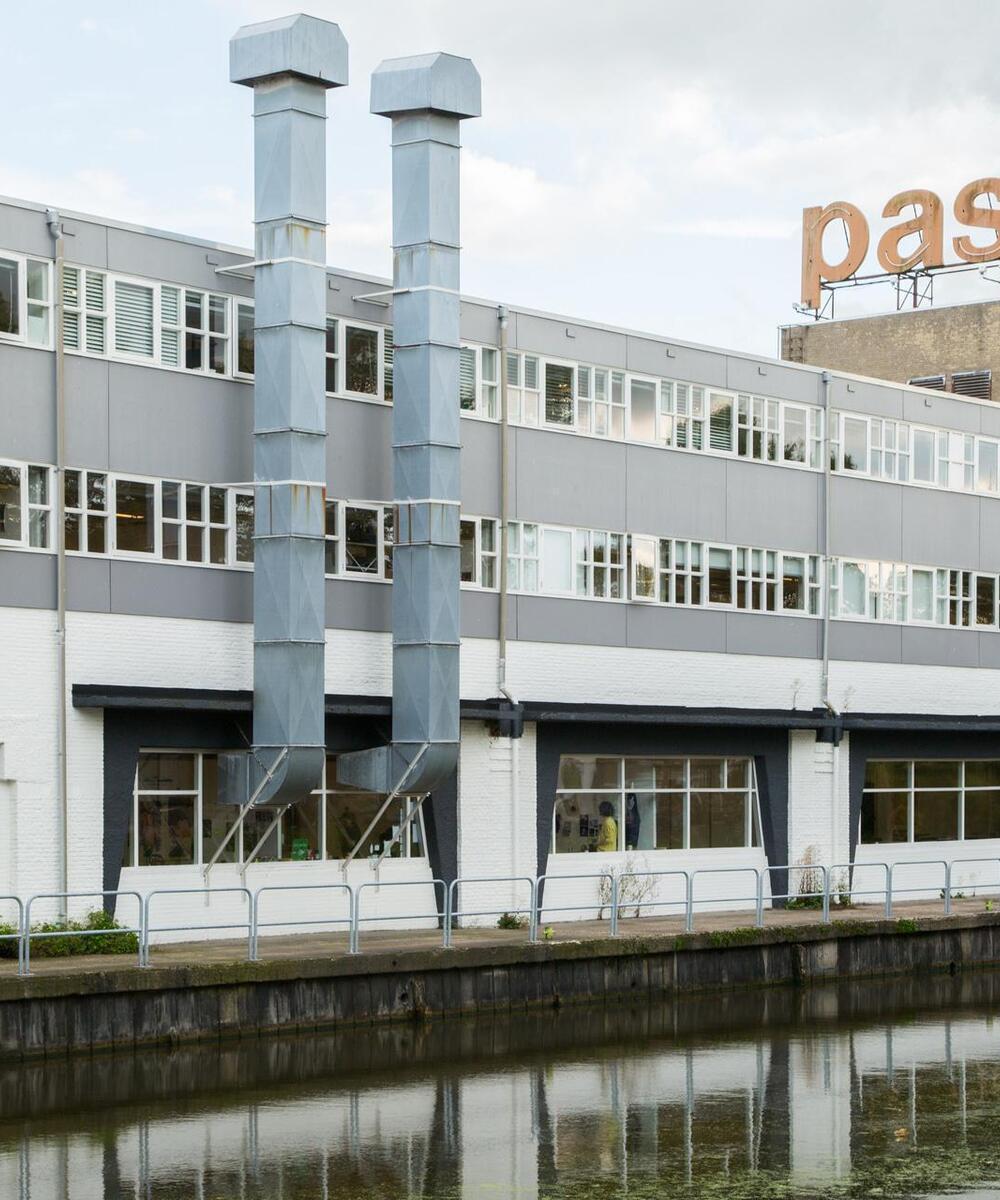img: Minsun Kim, (Im-)possibility of listening and speaking at the same time
img: Eunho Yoo, A Space for Mourning
Saturday 17 June
15:30—15:45 Meshkat Talebi and Olivier
Terpstra, Borders Are an Imaginary
Line, live performance, 15
min.
Throughout
the performance, the artists will address the possibility of personal memories
emerging in the public realm and how they can be used to address, question, and
criticize broader topics such as politics, nationality, mother tongue, and the
imaginary lines between West and East. Talebi and Terpstra challenge themselves
to enact their working process live, sharing their dialogue of personal
narrative, embodied language, shared sonic spaces and gestures in a bid to
activate language, body and memory together with the audience.
16:00—16:15 Minsun Kim, (Im-)possibility of
listening and speaking at the same time, performance, 15 min.
Minsun has been making performative propositions
over the past period with simultaneous interpretation as a medium. The
simultaneous interpreter refers to the role of artists in transferring thoughts
and senses. In particular, artists who are non-native English speakers who
constantly have to translate themselves on the stage of contemporary
(international) art, a single layer of time led by the dominant perspective and
language. The simultaneous interpreter should not only speak but also listen.
In other words, not only do they have to translate between different languages
but also have to drive different senses of listening and speaking at the same
time. Beyond being a speaker and listener, a triangular formation emerges in
which the simultaneous interpreter must listen, transmit, and speak to what is
heard from the speaker to the listener. No matter how professional the
interpreter is, there is no completely simultaneous synchronization.
Simultaneous interpretation has always a subtle, but certain delay. By
stretching this moment of delay, she seeks to shed light on the inherent
impossibility of contemporary art as a monolithic, homogenous entity.
Ultimately, she is questioning what we mean when we refer to ‘contemporary’
art?
17:00—17:20 Eunho Yoo, A Space for Mourning,
performance, 20 min.
Eunho Yoo performs
the Salpuri dance as a form of mourning, to commemorate victims of
tragedies in Korean history. The Salpuri dance is a traditional Korean dance
known for its deep capacity to transform one’s sorrow into creative
expression. By channeling one’s emotion into performance, the challenges of
grief and despair can be sublimated into beauty and an innate sense of joy.
During her performance, she draws the white chrysanthemum, a symbol
of mourning in Korean culture. Eunho Yoo provides a space for those whose
ability to mourn is restricted. She offers a chance to grieve and commemorate.
img: Vlada Predelina, Activation 1: Taking from the table
img: Yuxuan Cui, Shape of (relations-)ship
Saturday 24 June
13:15—13:45 Eunho Yoo, A Space for
Mourning, performance, 30 min.
Eunho Yoo performs
the Salpuri dance as a form of mourning, to commemorate victims of
tragedies in Korean history. The Salpuri dance is a traditional Korean dance
known for its deep capacity to transform one’s sorrow into creative
expression. By channeling one’s emotion into performance, the challenges of
grief and despair can be sublimated into beauty and an innate sense of joy.
During her performance, she draws the white chrysanthemum, a symbol
of mourning in Korean culture. Eunho Yoo provides a space for those whose
ability to mourn is restricted. She offers a chance to grieve and commemorate.
14:00—14:20 Jeehae Kim, Freeze and Melt:
Tactile Activity with Ice Eggs, participatory
performance, 20 min.
Ice eggs placed on a
cosmic table are placed in your hands. Walk around, stop when you hear “freeze”
and don’t move. Feel the ice eggs in your hands turning into water, flowing
down. Move when you hear “melt”.
15:00—15:15 Minsun Kim, (Im-)possibility of
listening and speaking at the same time, performance, 15 min.
Minsun has been making performative propositions
over the past period with simultaneous interpretation as a medium. The
simultaneous interpreter refers to the role of artists in transferring thoughts
and senses. In particular, artists who are non-native English speakers who
constantly have to translate themselves on the stage of contemporary
(international) art, a single layer of time led by the dominant perspective and
language. The simultaneous interpreter should not only speak but also listen.
In other words, not only do they have to translate between different languages
but also have to drive different senses of listening and speaking at the same
time. Beyond being a speaker and listener, a triangular formation emerges in
which the simultaneous interpreter must listen, transmit, and speak to what is
heard from the speaker to the listener. No matter how professional the
interpreter is, there is no completely simultaneous synchronization.
Simultaneous interpretation has always a subtle, but certain delay. By
stretching this moment of delay, she seeks to shed light on the inherent
impossibility of contemporary art as a monolithic, homogenous entity.
Ultimately, she is questioning what we mean when we refer to ‘contemporary’
art?
16:00—16:30 Yuxuan Cui, Shape of (relation-)ship,
participatory performance, 30 min.
With a feline
companion by her side, the artist creates a space aboard an imaginary ship,
sailing towards an unknown destination. As the audience enters into a
simulation of the artist’s voyage log, an invitation is made to sail together
through physical movements and whispered language. Through this journey, the
audience is offered a glimpse of the resilience and interdependence shared by
Yuxuan and her companion. As the artist and the audience move through the space
together, they are transported to a world of exploration and self-care, where
the body becomes a vessel for exploring the depths and unknown mysteries of
connection.
17:00—17.30 Vlada Predelina, Activation 1: Taking
from the table, participatory lecture performance, 30 min.
This activation looks
at the colonial history of, and impacts on the Ural region. The performance is
a systematic cutting of the dough landscape as a metaphor for the loss of land,
ways of being and cultures that have lived here, intertwined with the land uses
of today. The performance will culminate in making and eating pelmeni
together.

